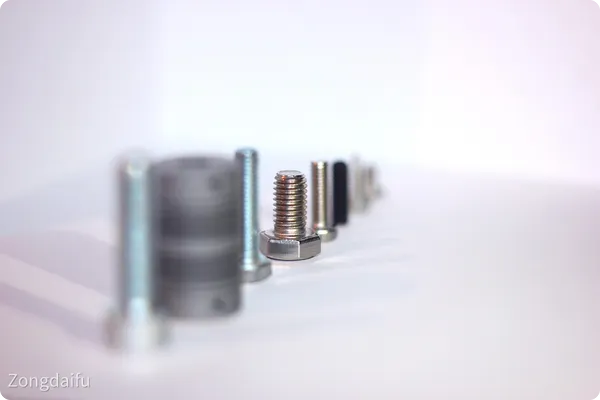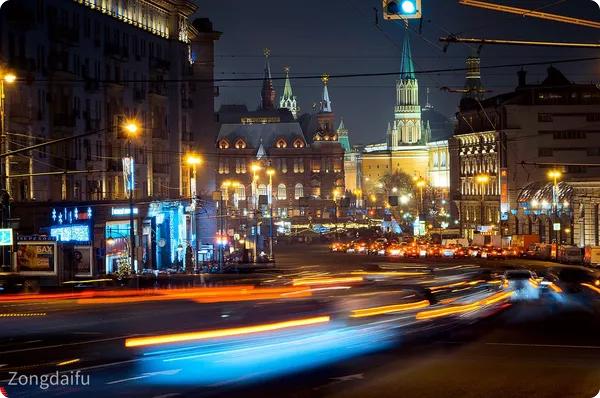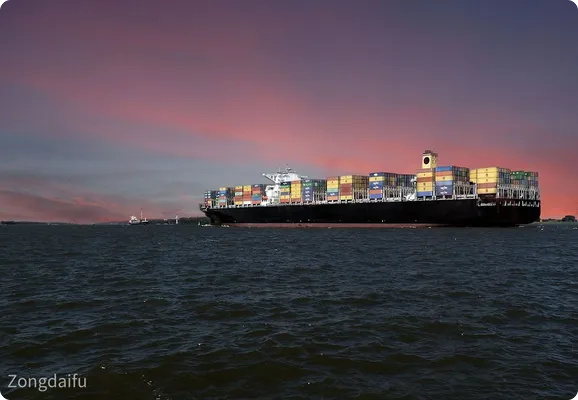As an important export market for Chinese fasteners, Russia has seen a continuous growth in demand in recent years. However, Russia has strict certification and regulatory requirements for imported products. Enterprises need to fully understand the relevant processes and compliance points in order to successfully enter the Russian market.Exports to RussiaAnalyze the processes and compliance points.

I. Export Process
1. Market research and product positioning
Enterprises need to have an in-depth understanding of the Russian fastener market demand, competition landscape, price levels and other information, and determine the target market and product positioning based on their own product characteristics.
2. Find a partner
Find reliable Russian importers or distributors, establish cooperative relationships, and sign formal trade contracts.
3. Product Preparation
Ensure that products comply with relevant Russian technical regulations and standards, and are packaged and labeled according to customer needs.
4. Export declaration
Prepare complete export declaration documents, including invoice, packing list, contract, bill of lading, etc., and declare the export to China Customs.
5. International Transport
Choose the appropriate mode of transport (sea, rail, air, etc.) to deliver your goods to Russia.
6. Import customs clearance
Russian importers are responsible for handling import customs clearance procedures, including paying customs duties, value-added tax and other fees.
7. Marketing
Russian importers sell the products to end users or distributors.

II. Compliance Points
1. Certification requirements
Russia implements a compulsory certification system for imported fasteners, which mainly involves the following certifications:
- GOST R certification: Russian national standard certification is a necessary certificate for entering the Russian market. Fastener products must comply with GOST R 52627-2006 "General Technical Requirements for Fasteners" and other relevant standards.
- EAC Certification: The Eurasian Economic Union mandatory certification is applicable to member states such as Russia, Belarus, and Kazakhstan. Products that obtain EAC certification can be freely circulated in the member states of the Eurasian Economic Union.
- Fireproof certification: If the fasteners are used in fire protection facilities or buildings, they must also obtain Russian fire protection certification. Enterprises need to choose the appropriate certification body for certification based on product type and purpose.
2. Technical regulations
Russia's technical regulations for imported fasteners mainly include:
- Material requirements: Fastener materials must comply with relevant standards and have good mechanical properties and corrosion resistance.
- Dimensions and Tolerances: Fastener sizes and tolerances must comply with relevant standards and ensure interchangeability.
- Surface treatment: The surface of fasteners needs to be properly treated, such as galvanizing, nickel plating, etc., to improve corrosion resistance.
3. Packaging requirements
Russia has strict requirements on the packaging of imported fasteners. Enterprises need to pay attention to the following aspects:
- Packaging Materials: Use strong, moisture-proof and rust-proof packaging materials, such as cartons, wooden boxes, plastic bags, etc.
- Packing: Use reasonable packaging methods to prevent product damage during transportation.
- Clear marking: The product name, specifications, quantity, weight, production date, manufacturer information, etc. must be clearly marked on the packaging, and must be labeled in Russian or bilingual Chinese and Russian.
3. Other matters needing attention
1. Language communication
The official language of Russia is Russian. Enterprises need to prepare Russian versions of contracts, technical documents, product manuals and other materials, or seek professional translation services.
2. Payment Methods
Russian importers usually use payment methods such as letters of credit and wire transfers. Enterprises need to negotiate with importers to determine the payment method and pay attention to preventing risks.
3. Logistics and transportation
Russia has a vast territory and high logistics and transportation costs. Companies need to choose appropriate transportation methods and logistics companies, and take out transportation insurance.

Conclusion
Before exporting products, enterprises need to fully understand the relevant processes and compliance points and make adequate preparations to successfully enter the Russian market and achieve sustainable development. It is recommended that enterprises strengthen communication and cooperation with Russian importers, keep abreast of market trends and policy changes, continuously improve product quality and service levels, and enhance market competitiveness.


 Follow customer service WeChat
Follow customer service WeChat